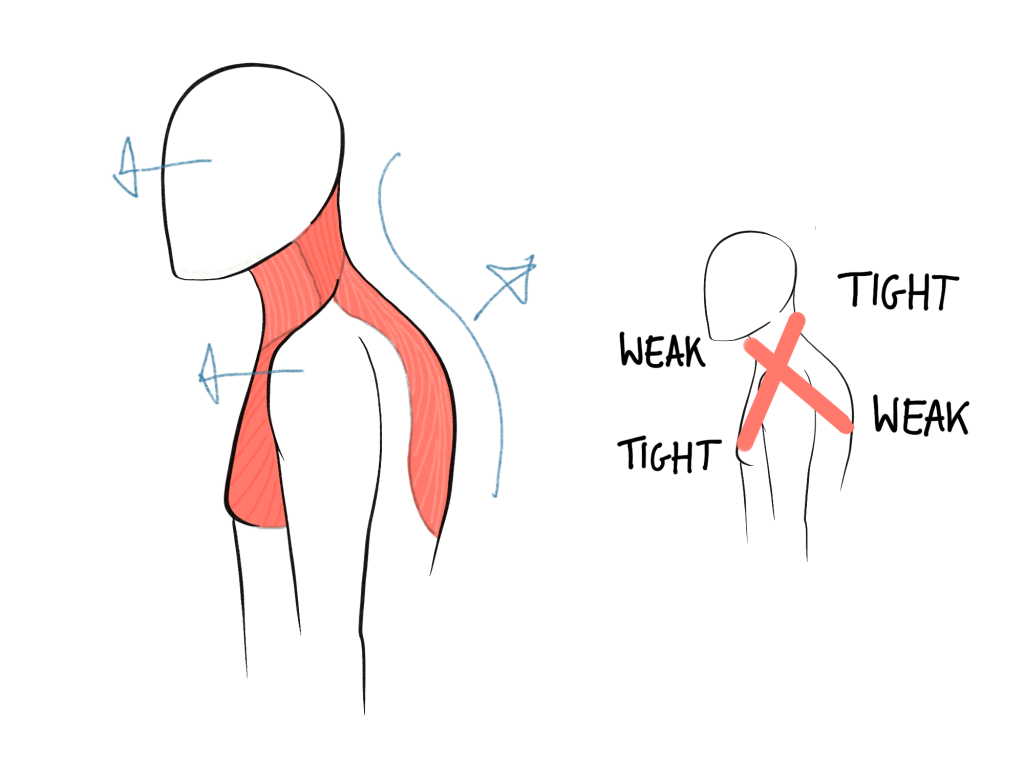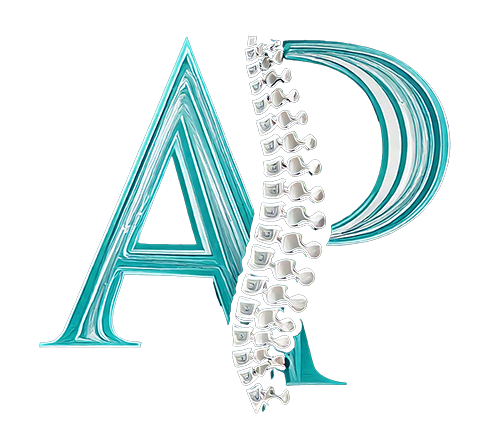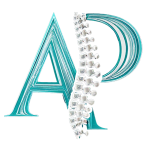The sibling of Lower Crossed Syndrome is Upper Crossed Syndrome. Again, there’s a cross pattern of weak and tight muscles, this time over the shoulder joint rather than the pelvis.

Basics of Upper Crossed Syndrome
When muscles spend a lot of time in a contracted position, they can shorten and tighten. On the flip side, muscles that are constantly stretched can become elongated and weak. In upper crossed syndrome, the muscles of the chest and back of the neck are tight. The muscles between the shoulder blades and the front of the neck are weak and stretched. As a result, the head and shoulders come forward, and the upper back can become more hunched (kyphotic).
Reflects the posture of someone who might be stuck at a desk or in front of a steering wheel for long periods of time. Taking breaks for movement where possible, and improving your ergonomics can be helpful to prevent and resolve the problem. But if it’s progressed too far to manage on your own, we’re here to help.
Further Symptoms
When the shoulders and head come forwards, we often see problems like thoracic outlet syndrome and jaw pain. Areas of tightness can lead to compression of nerves, leading to pain, tingling, or numbness into the arm. When we suffer with nervey pain like this, we might find ourselves curling into a more protective posture, but this only exacerbates the problem in this case. Adversely, stretching to open the chest, and strengthening the upper back muscles can start to unpick the issue.
For a deeper explanation on how head position affects the jaw, face, and can cause headaches, read this post.
You might also find that some areas of the spine have to work harder to compensate for others that have become stiff. Often the upper back develops areas of restriction, although there may not be any immediate symptoms associated. Over time, areas of the neck and lower back work harder, and may develop their own aches and pains.
Osteopathy for Upper Crossed Syndrome
Once this muscular pattern develops, it can be hard to correct. The weakness and tension further encourage the posture, bringing about a vicious cycle. Fortunately, stretching and strengthening the right muscle groups can start to break the cycle. Patients sometimes ask about shoulder supports they can wear; we generally don’t advise people to use these as they don’t teach the body to support itself. When the vest is off, the progress disappears, and actually, you might find yourself weaker than you were to start with.
Because your osteopath will look at you as a whole, they will be able to spot other patterns that have developed alongside the original problem. If this involves spinal issues as mentioned above, it might be as simple as getting the upper back moving with a few manipulations. We can then support this progress with tailored exercises for you to do between appointments. Maybe your desk posture is a factor in your pain; we can offer advice for improving your ergonomics too.
Make an appointment for your pain in Leicestershire and Rutland here

